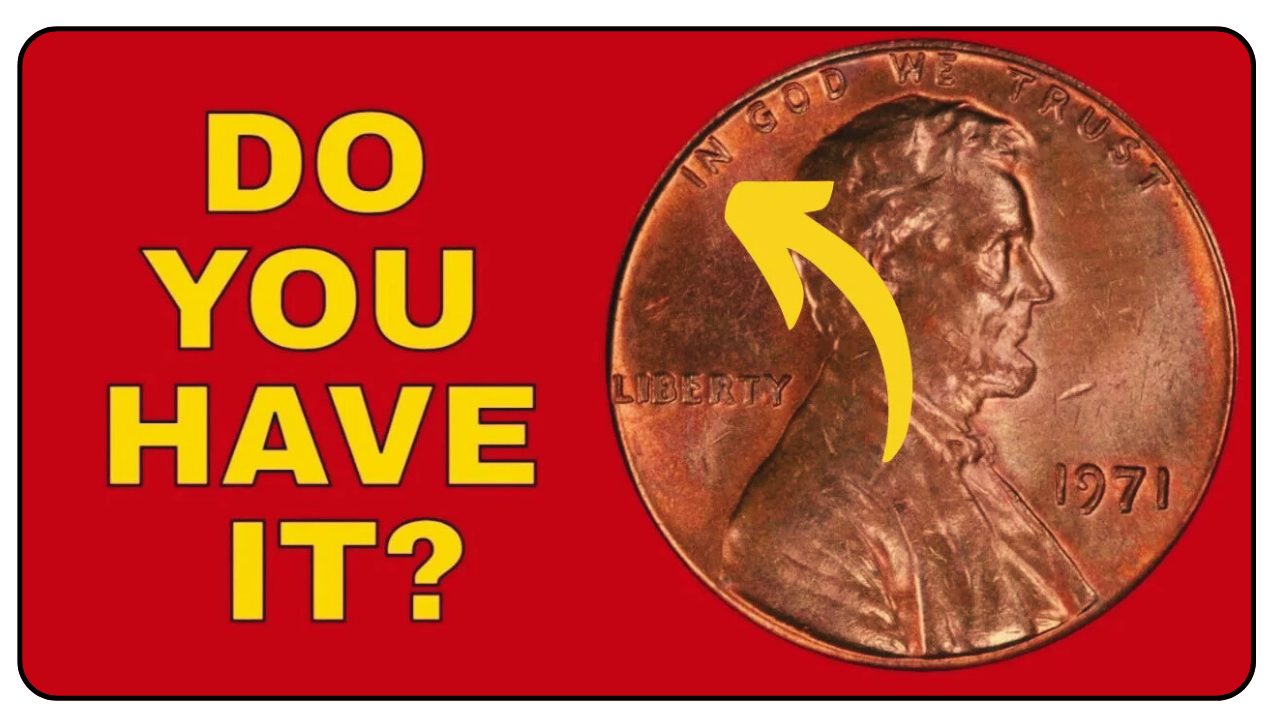Rare Lincoln Wheat Penny : Imagine finding a penny worth $1.5 million in your spare change! The Lincoln Wheat Penny, a small coin with big value, has collectors buzzing with excitement. Minted from 1909 to 1958, these pennies with wheat stalks on the back are a piece of American history. One super-rare version, the 1943 Bronze Lincoln Wheat Penny, could be worth millions—and some might still be out there in circulation. Let’s dive into why this penny is so special and how you might spot one.
The Story Behind the Wheat Penny
The Lincoln Wheat Penny was first made in 1909 to celebrate Abraham Lincoln’s 100th birthday. Designed by Victor David Brenner, it was the first U.S. coin to show a president’s face instead of Lady Liberty. The front has Lincoln’s profile, and the back features two wheat stalks around “One Cent.” These coins were mostly copper, but during World War II in 1943, the U.S. Mint switched to steel to save copper for the war. A few bronze pennies were accidentally made that year, and those mistakes are now worth a fortune.
Why the 1943 Bronze Penny Is a Treasure
The 1943 Bronze Lincoln Wheat Penny is famous because it was a mistake. In 1943, pennies were supposed to be made of steel coated with zinc, not copper, to help the war effort. But a few bronze blanks from 1942 got mixed up and were stamped with the 1943 date. Only about 15 to 20 of these coins are known to exist, making them super rare. One sold for $1.7 million in 2010, and experts say a perfect one could be worth $1.5 million or more today. Its rarity, history, and the thrill of finding one make it a collector’s dream.
How to Spot a Million-Dollar Penny
Finding a 1943 Bronze Penny is like finding a needle in a haystack, but it’s not impossible. Here’s how to check your pennies:
- Look at the date: Focus on 1943 pennies.
- Check the material: Use a magnet. Steel pennies stick to magnets; bronze ones don’t.
- Find the mint mark: Look under the date for a “D” (Denver) or “S” (San Francisco). The 1943-D bronze penny is the rarest, with only one known copy.
- Examine the condition: Coins with sharp details and no wear are worth more.
- Watch for fakes: Some people alter steel pennies to look like bronze. Get a pro to check it.
If you think you have one, don’t clean it—cleaning can ruin its value. Take it to a coin dealer or grading service like PCGS or NGC to confirm it’s real.
Other Valuable Wheat Pennies to Look For
While the 1943 Bronze Penny is the star, other wheat pennies can also be worth big money. Here’s a quick guide to some key ones:
| Year | Mint Mark | Estimated Value (Mint Condition) | Why It’s Valuable |
|---|---|---|---|
| 1909-S VDB | S | $2,200 – $168,000 | Low mintage, designer’s initials |
| 1914-D | D | $280 – $159,000 | Only 1.2 million made |
| 1944-S Steel | S | $408,000 – $1.1 million | Rare steel error |
| 1955 Double Die | None | $1,000 – $100,000 | Noticeable doubling error |
These coins are rare, but they show up in old collections, coin jars, or even pocket change. Always check the date, mint mark, and condition to see if you’ve got something special.
Where to Find and Sell Your Pennies
You might find wheat pennies in old piggy banks, inherited coin collections, or bank rolls. Coin shops, flea markets, or estate sales are great places to look. If you think you have a valuable one, don’t sell it right away. Get it appraised by a professional to know its true worth. You can sell through coin dealers, auction houses like Heritage Auctions, or online platforms like eBay, but be careful of scams. Experts warn that headlines about “$100 million pennies” are often exaggerated to grab attention, so stick to trusted sources for accurate values.
The idea of finding a $1.5 million penny is exciting, but the odds are slim. Still, checking your change is a fun way to hunt for treasure. The 1943 Bronze Penny and other rare wheat pennies are like tiny time capsules, connecting us to history. So, next time you see a penny, take a closer look—you might just have a fortune in your hand!
